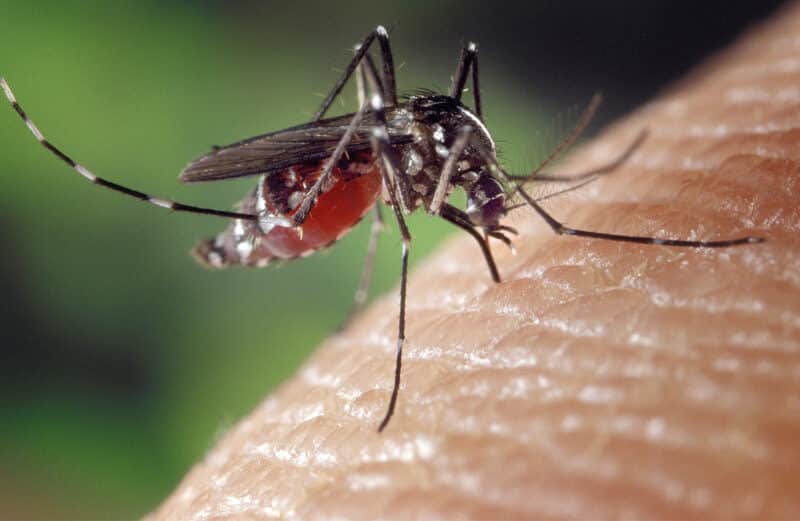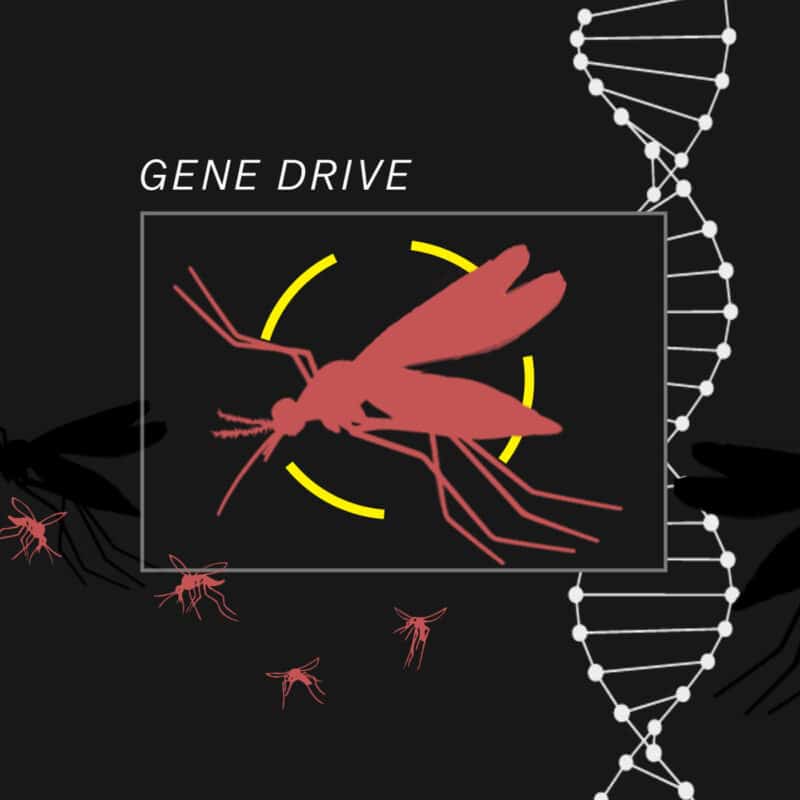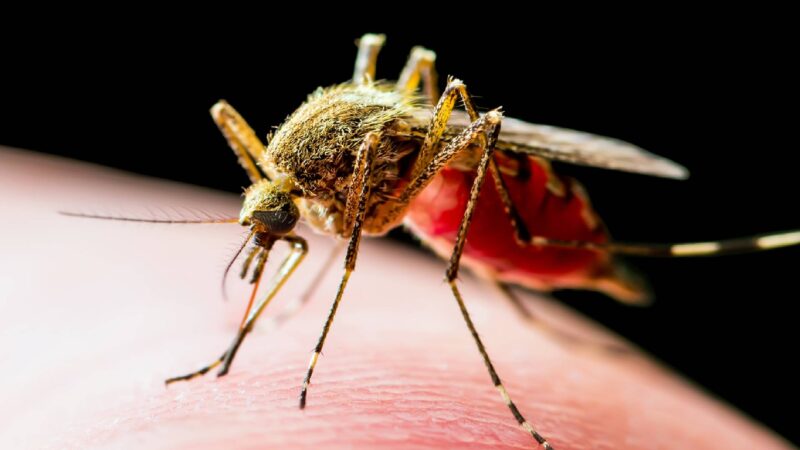Populations of malarial mosquitoes are once again increasing in number. The cases are leaving many families with great loss. Scientists have figured out a way to use gene drive to control these mosquitoes. This is a natural way to prevent the continuous spread of malaria.

Crispr and Gene Drives
Gene drive is complicated. Even so, many labs are using it. This technology is a synthetic gene that can reproduce by itself. It targets and removes a natural gene. The gene drive of an organism will mate with another that has no gene drive.
The embryo contains the genetic information of both parents. The gene drive in one parent starts working. It spots its natural version in the other parent’s chromosomes and eliminates it. This happens by slicing it out of the DNA chain makes this possible. The chromosome in the second parent repairs itself by copying the gene drive in the first parent.

Scientists create gene drives by adding Crispr to the natural gene. Crispr is programmable DNA. It tells the gene drive to target the natural form of itself in the other parent’s chromosomes in the embryo. The gene drive also has an enzyme that cuts the DNA strand from a DNA strip. Scientists hope that this will cut down the number of malarial mosquitoes. This is also applicable to other invasive species or pests.
Targeting Malaria
This organization has come up with gene drives that stop malarial mosquitoes from having female young. The goal is reasonable because the females bite and reproduce. Reducing the number of these mosquitoes will reduce the number of deaths due to malaria. This could also lower the economic impact of the disease. Malarial mosquitoes are invasive species. Eliminating the mosquitoes will lessen the damage to the local human population.
Modifying the Mosquito Population
Genetic engineering can wipe out an entire population of malarial mosquitoes by making females incapable of reproducing. It can also work by modifying the population. This means that with gene drives, the malaria-carrying mosquitoes will not be carrying malaria anymore. This will not happen in one try. Many countries lack the resources to carry out the gene drive efforts. Malaria will be eliminated in one area and then in the next, and the next.

Once malaria is gone, the goal of malarial mosquito modification will have been achieved. Even with this positive outcome, there is still an ethical matter. Once the malarial parasite has been removed from the mosquitoes and the population still exists, there will be an opening for a new parasite to fill. This could start a new problem all over again.
But scientists believe that this will not be a problem again. Scientists have been using gene drives already. So far, there have been no new parasites using female malarial mosquitoes as vectors. Using gene drives is more effective than manipulating DNA. This is because each offspring has the gene drive. The spread becomes further and faster.

Most populations of malarial mosquitoes are not responsive to insecticides anymore. Many people do not like using synthetic repellents as well. That is why scientists are thinking of using gene drives to remove malaria from the mosquitoes and even reduce the population. This may take time as it targets one population of malarial mosquitoes, one after the other.